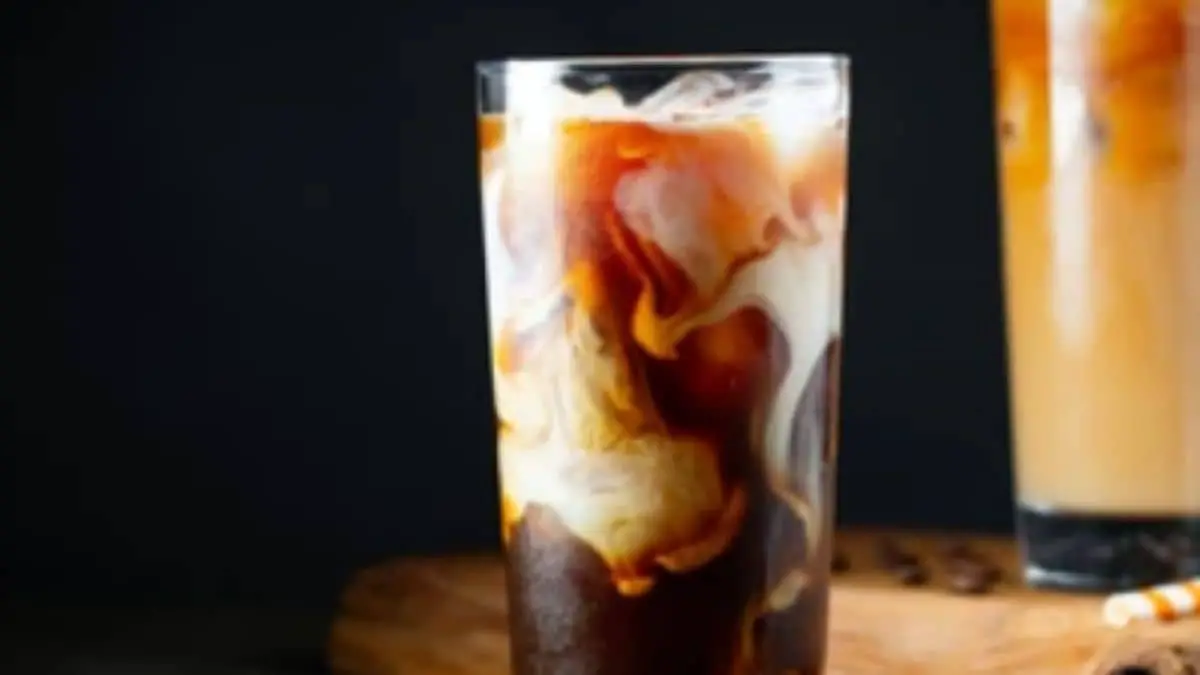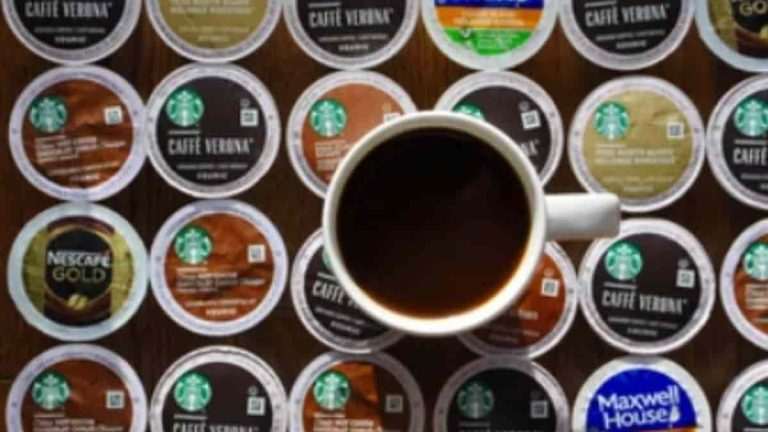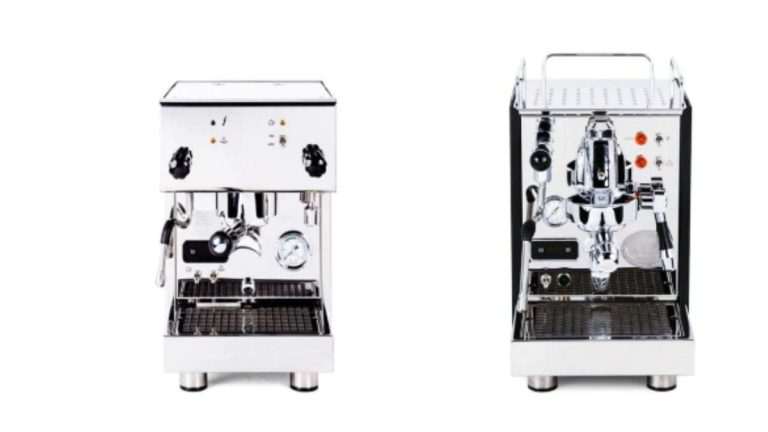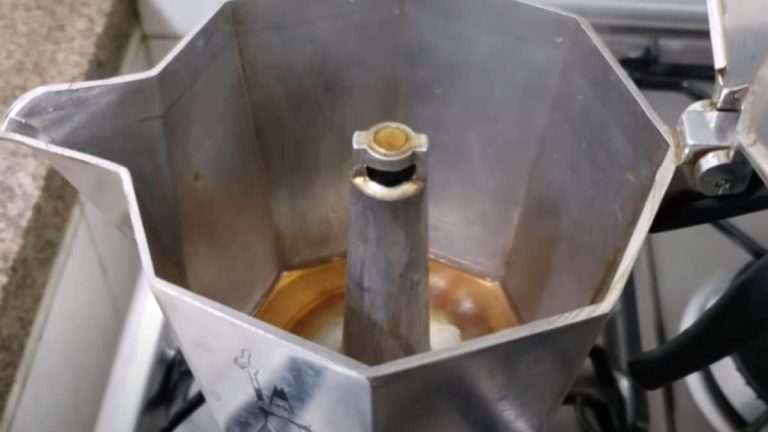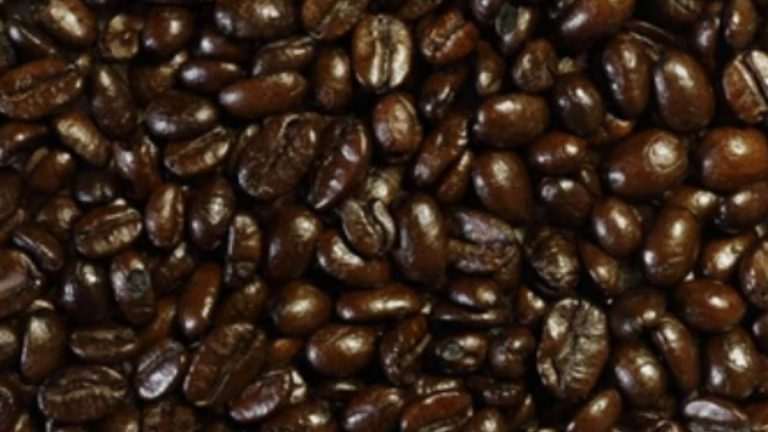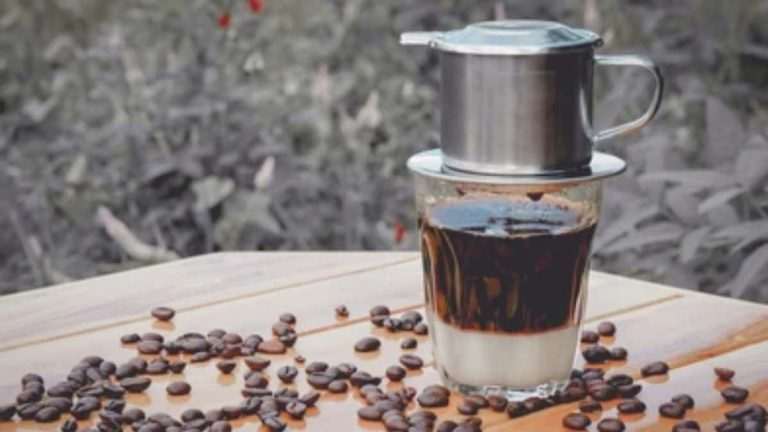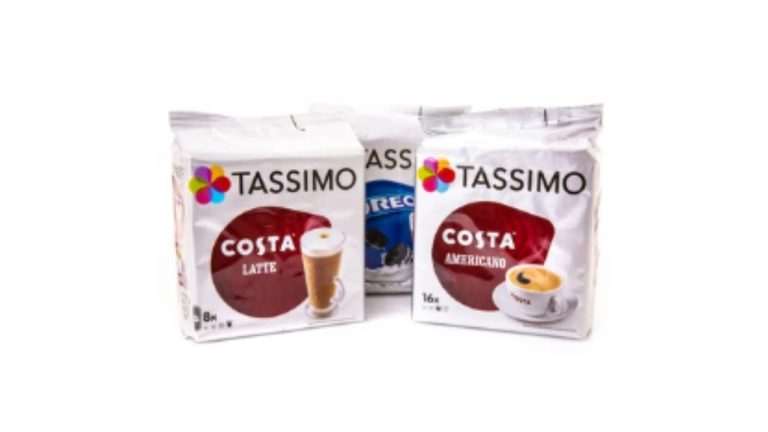How To Heat Cold Brew Coffee
Cold brew coffee is becoming increasingly popular as people learn that it is more smooth and definitely less harsh than conventional coffee. However, there is one huge disadvantage to switching to cold-brew – it is cold!
And no one likes cold coffee! Can you warm it up? Of course, and here’s how to accomplish that while retaining the majority of its unique flavor. When you heat up your cold brew, you’ll no longer feel like an outcast; you’ll have hot coffee like everyone else, and it’ll warm you up, which is a big plus, especially during the winter season. In addition, when the cold brew is heated, its flavor intensifies.
To spare you the hassle of figuring out the appropriate ratios so your hot cold brew isn’t too watery, here’s a stage process guide to making an amazing coffee drink that allows you to experience the taste of cold brew as well as the warmth of regular coffee.
The Procedure:
• Make a cold brew by combining one part coffee grounds and four parts cold water in a 1:4 ratio. This recipe yields five cups of hot cold brew.
• Fill a Mason jar halfway with room-temperature water and 1 cup of coffee grinds. Allow at least 12 hours for it to steep.
•When you’re ready to drink it, simply add a cup of hot boiling water to your cold brew to make five cups of delicious warm cold brew. It won’t be boiling hot, but you don’t want to drink it that way regardless. After all, we allow regular drip coffee to cool somewhat before drinking it.
This is a quick way to heat up a cold brew, and it doesn’t allow for too much oxidation, which can change the flavor of your brew.
Another simple method for heating your cold brew is to dilute the concentrate as usual and then place it on the stove. Pour some strong cold brew into a kettle and top it off with cold water until you get the correct blend.
Heat the mixture until it achieves temperature, and there you have it: warm cold brew.
How To Enjoy Cold Brew Hot
Table of Contents
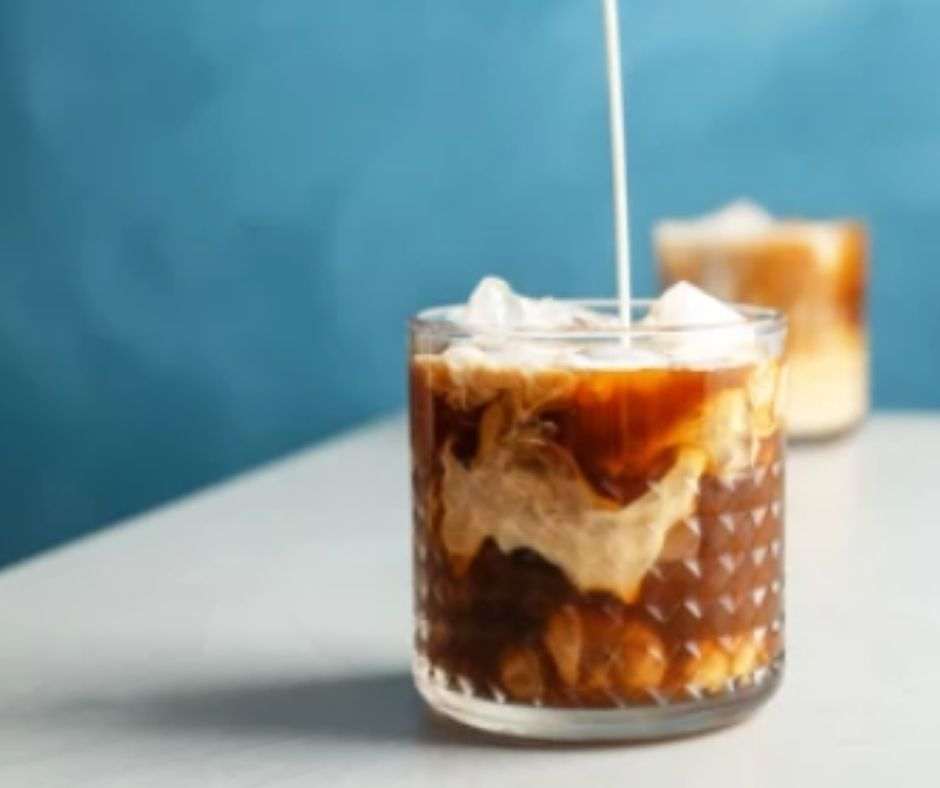
You now understand that you can have a hot-cold brew coffee and that the easiest approach to heat it is to dilute the concentrate with hot water; you can also prepare it with milk. You may create a huge amount that will last for two weeks, store it in an airtight container, and have hot and iced coffee ready anytime you want.
Can you just heat up cold brew?
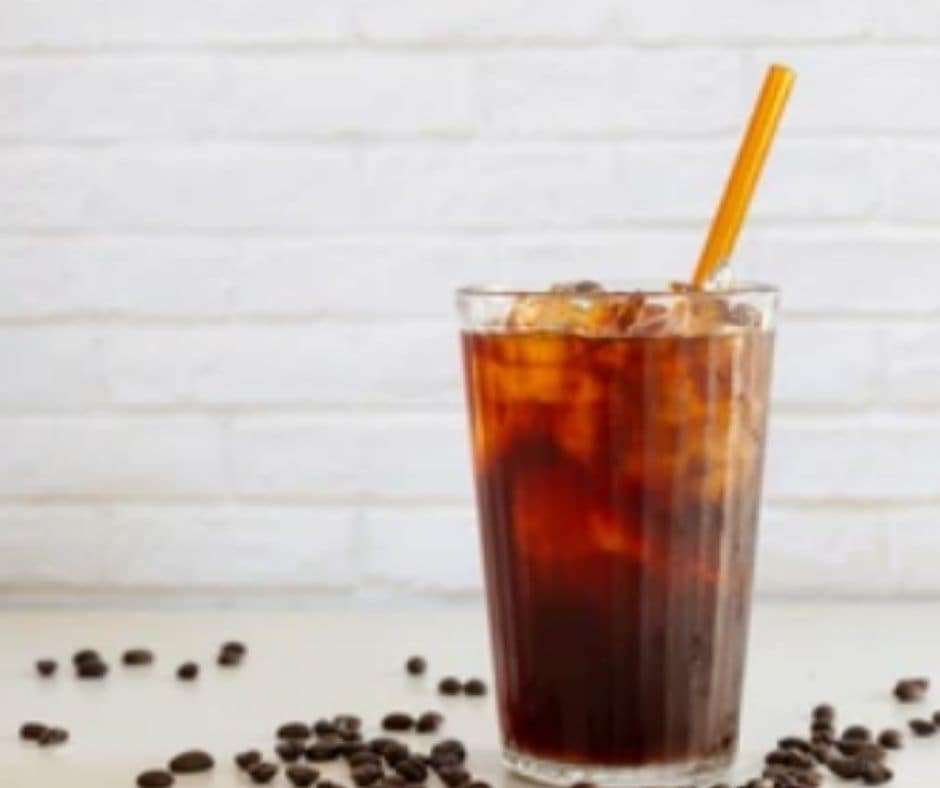
Yes, you can enjoy hot cold brew coffee!
Cold brew is well-known for its smooth flavor, but it doesn’t have to be consumed just as an iced beverage. Although it may appear to be paradoxical, boiling cold brew coffee is a delicious way to consume it.
Because cold brew coffee is new to the coffee world, there are many unanswered questions regarding how it’s created and what it may be used for. Although the name implies that it is usually used for iced coffee beverages, cold brew coffee is also delicious when warmed up.
You can heat cold-brewed coffee at home, taking careful not to burn it, and have a smoother, sweeter cup than a drip-brew coffee maker. Here’s how to heat cold brew coffee, as well as why you should:
- Hot Water (For Cold Brew Concentrate Only!)
Because most cold brew coffee offered online and in stores is concentrated, you must dilute it with water before consuming it. Hot water is the ideal way to heat cold brew coffee since there is less chance of it “burning,” resulting in an unpleasant bitter flavor. Bring water to a boil and add it to your cold brew coffee, then top it up with creamer or sugar as you would with regular coffee.
- Microwave
If you don’t have a concentrate, you can warm up cold brew coffee in the microwave. Microwave it in 30-second intervals until it’s warm enough to eat. Take care not to allow it to boil or burn since this can alter the flavor. When using a microwave, take care and a microwave-safe cup.
- Stovetop
You can heat up a cold brew or cold brew concentrate on the stovetop if you have it. Pour the cold brew into a saucepan and top it with water as needed. Then, over low-medium heat, make sure it doesn’t boil. When it’s hot enough, pour it into a mug and top with cream and sugar to taste.
Does heating cold brew coffee increase acidity?
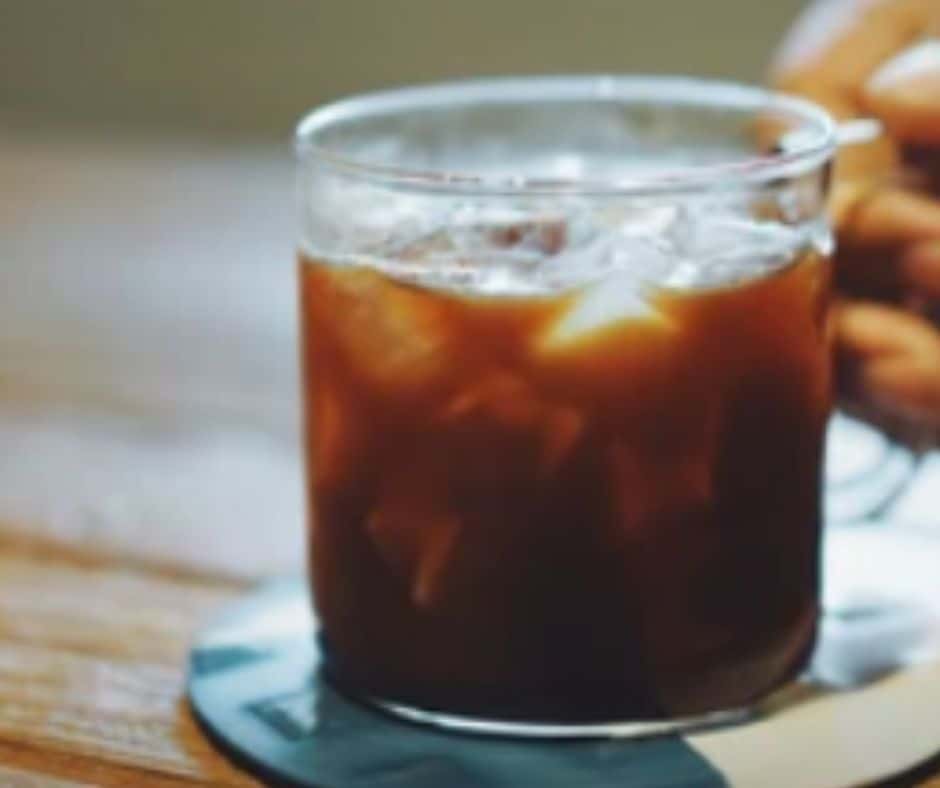
Cold-brew coffee has numerous advantages over hot brew coffee, including the fact that it is less acidic, resulting in a smoother, sweeter flavor and being softer on the stomach, which many people prefer over conventional coffee.
It can also be heated for a steamy, hot cup of Joe whenever you want, just like conventional hot brew coffee; however, because it is the cold brew activity that contributes to its various benefits over hot brewed coffee, which is planned using hot water, you may wonder if heating cold brew coffee causes it to become acidic like traditional coffee.
When coffee grounds are heated, the hot water releases the oils and acidic chemicals in the coffee, making hot brew coffee more acidic. However, when cold brew coffee is produced by steeping the beans in cool or room temperature water, fewer oils and acidic chemicals are generated throughout the process, resulting in a less acidic coffee.
When cold brew coffee is steeped, filtered, and concentrated, the coffee’s composition is conserved. As a result, anything you do with it next will not change its contents.
The same cannot be said for hot brew coffee. In reality, the hot brewing process begins to activate the acid components in coffee immediately and only continues to release them after the coffee has been brewed. As the coffee sits, the acids conduct chemical reactions that affect the amount of acidity in the coffee; hence, coffee that has sat for a time is often very acidic.
Finally, because cold brew coffee is made from beans that have never been heated, it removes the change in temperature, allowing the taste to be locked in and the chemistry to remain constant, creating a more stable solution no matter how long it sits. Because the chemistry continues to remain the same, you won’t need to use new beans to make the coffee, so the fewer oils and acidic compounds extracted during the cold brew process that makes the coffee less acidic in the first place are still present, so even when you heat cold brew coffee, its acidic content will not change.
Can you microwave cold brew coffee?
Yes! It is safe to microwave cold brew coffee.
You may microwave cold brew, but it is best to do so for no more than 10 seconds before adding more water from the kettle.
Some people prefer to microwave it for a longer period of time, but We recommend against it since it spoils the flavor of your coffee. If at all possible, only use it as a last option. It is crucial to remember that all slow heating techniques oxidize the coffee, affecting its characteristics.
Can you warm up Starbucks cold coffee?
Bottled Frappuccinos are best served cold, but you may boil them up and sip them hot like a cappuccino.
Starbucks bottles cannot be microwaved!
Pour the liquid into a microwave-safe cup or mug for the best results. Then, follow the manufacturer’s instructions for heating liquid in the microwave.
There are a few techniques to enjoy sweet, creamy, and hot Starbucks beverages without burning them on the stovetop. Simply reheat Starbucks coffee in the microwave to ensure a satisfying finish to your cup of joe:
• Use a microwave-safe cup to avoid a dangerous reaction, and always fill the cup halfway. It takes less time to heat up this way.
• Increase the power to medium-high or utilize the reheat function. Microwaves are usually set on high, so turn it down a few notches for reheating coffee beverages.
• When reheating coffee in the microwave, use 30-second intervals and whisk the liquid in between.
• After each interval, check the coffee temperature. Check the temperature after each interval until it reaches the desired level of warmth.
• Remove the hot coffee from the microwave with caution and verify the temperature before drinking.
Is cold brew better than hot coffee?
As you might expect, brewing with cold water yields different results than brewing with hot water—and some of these differences are immediately obvious. Cold brew coffee, for example, has far less acidity and bitterness than hot brewed coffee.
Let’s be a bit more precise now.
Extraction, as you may be aware, occurs when water dissolves and draws stuff out of coffee grounds. These can include sugars, acids, soluble particles, oils, and other substances. Temperatures cause various things to emerge at different rates. For example, we generally agree that the optimal temperature range for preparing hot coffee is 195 to 205 degrees Fahrenheit.
If you use 210 degrees, the bitterness will most likely be stronger. This occurs because extremely hot water causes acids to degrade into extremely bitter chemicals. If you use 185 degrees, your brew will most likely be overly sour. This occurs because the water is not hot enough to dissolve the necessary number of non-acidic chemicals to balance the taste.
That spectrum we utilize extracts everything at a balanced rate, preventing anyone acid or bitter ingredient from overpowering the remainder of the flavor. Cold brewing, on the other hand, follows a separate set of regulations. The cold water does more than merely slow down the extraction of these delectable chemicals. It truly alters what is removed and what remains in the ground.
Cold brewed coffee has 66 percent less acidity and bitterness than hot coffee, according to tests.
The acids that ordinarily make hot coffee bitter (even with correct water temperatures) are not removed. The acids that give hot coffee its sharpness do not oxidize (which happens quickly with hot water) to become particularly tart and acidic.
The sensation is enthralling, smooth, and invigorating.
Another thing to consider is that flavors might change dramatically. As previously stated, oxidation occurs considerably more slowly in cold water, and the same is true for degradation. This implies reduced bitterness and acidity, but not only that. It also implies that there are significant taste distinctions.
We’ll save you the scientific jargon, but the chemical makeup of brewed coffee is considerably different. If you drank a mug of hot coffee and a glass of cold brew from the same beans, you’d know they came from the same place, but you’d be shocked at the flavor changes. A great cup of hot brewed coffee has a balanced flavor, a pleasing scent, a moderate sweetness, a sharp acidity, and a hint of lower bitter undertones to round it all off. Great cold brew coffee has a smooth taste, a rich richness, a very slight acidity, and almost no bitterness. Cold-brew coffee lacks the rich fragrances of hot brewed coffee straight away, but there’s a solid explanation for this.
When aromatic coffee oils are heated, they become volatile (which means they evaporate fast).
However, because the oils are kept cold during the cold brewing process, they are not volatile. Rather than flying away, they remain in the cold brew coffee. When you drink cold brew, the fragrant oils hit your retro-nasal passageways and your brain interprets them as a boatload of bright floral aromas.
Caffeine levels are also not much different. There’s a lot of debate regarding whether cold brew coffee has more or less caffeine than hot coffee. The internet is full of content with varying points of view.
Caffeine Informer’s thorough study has provided us with a clear picture of numerous ready-to-drink cold brew items on the market and their caffeine concentrations.
Chameleon Cold Brew RTD Coffee
10 fluid ounces
270 mg caffeine
Starbucks Cold Brew Coffee
16 fluid ounces
200 mg caffeine
Stumptown Cold Brew Coffee
10.5 fluid ounces
279 mg caffeine
Stumptown Cold Brew + Milk
16 fluid ounces
319 mg caffeine
Califia Farms Cold Brew
16 fluid ounces
160 mg caffeine
Regular Hot Coffee
16 fluid ounces
326 mg caffeine
This chart clearly shows that cold brew caffeine is rather varied. The 16oz Califa Farms coffee, for example, has just 160mg of caffeine. Nonetheless, the 16oz Stumptown has 319mg (twice as much).
What about a cup of hot coffee? The result of this test is 326mg for 16oz of black hot coffee. Another study found ranging from 85mg to 160mg per 8oz cup. As a result, even hot coffee might be inconsistent.
So, without more reliable evidence, how are you expected to limit your caffeine intake? You can’t, in fact. At least not so precisely.
Despite this, we enjoy both cold brew and hot brewed coffee. We even enjoy hot coffee that has been flash-chilled over ice! We’re relatively simple to please, at least when it comes to specialty-grade, freshly roasted beans.
High-quality coffee beans flourish in both hot and cold coffee. They’re even lenient when you make small errors. If you use low-quality beans, you’ll be irritated that you can’t create a better cup.
Make sure you’re rarely short on excellent beans.
Conclusion
To conclude, it is totally OK to heat up cold brew coffee. Unless you are a frequent user of hot cold brew and have the capacity to evaluate two cups side by side, you may not detect a change in flavor when doing this. Furthermore, heating your beverage will keep its acidity levels low.
We hope this post has helped you learn more about heating up cold brew coffee and provided you with the greatest resource to answer the question, “Can you heat up cold brew coffee?”

